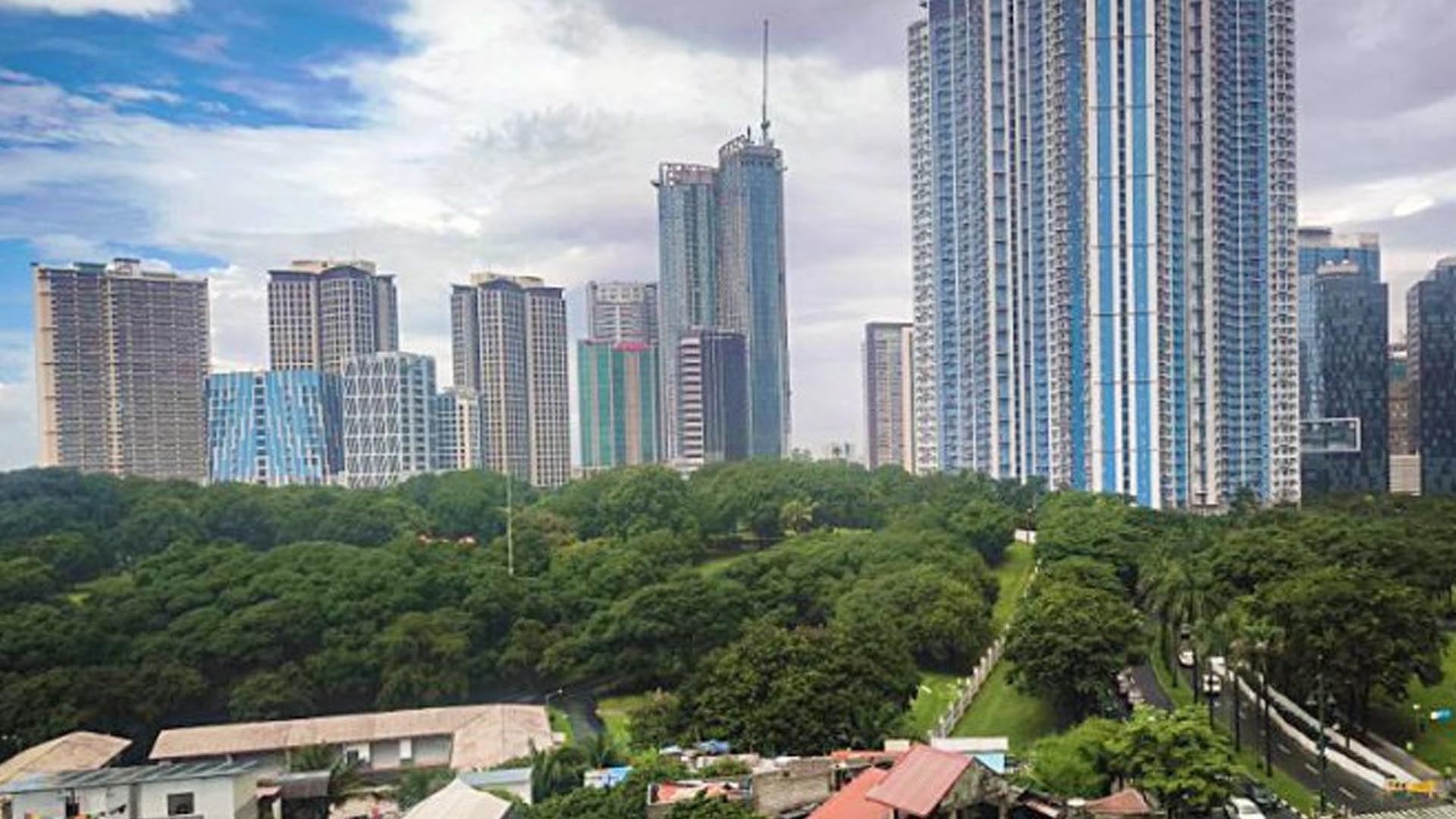The Philippines is expected to continue to post stable growth this year and in 2026 mainly driven by consumer spending, the Organization for Economic Cooperation and Development (OECD) said.
OECD head of Indonesia and Philippines desk Cyrille Schwellnus said OECD projects the Philippine economic growth to hit 5.6 percent this year and accelerate to 6 percent in 2026.
“So in the Philippines, we see the growth momentum to be broadly stable. Okay, so consumer spending as in Indonesia, as in the Southeast Asian countries also drives economic growth here. So it’s the main driver of growth,” Schwellnus said in a virtual briefing Wednesday.
Schwellnus said the continued growth in consumer spending is supported by a robust labor market as unemployment continues to settle at below 4 percent over the past months.
He said government spending also grew especially in the first quarter of this year, boosted by the midterm elections.
While exports managed to grow for the past months, Schwellnus said OECD projects growth to weaken due to escalating global trade tensions.
“Even so, we see, that the Philippines is less exposed to a slowing of global trade than many other Southeast Asian economies because its growth is mainly driven by domestic demand,” he said.
The OECD, meanwhile, is expecting headline inflation to continue to settle within the government’s target this year, allowing the BSP to further ease policy rates.
It projects inflation to remain contained at 2 percent in 2025 and 3.1 percent in 2026 amid balanced domestic demand and currency stability.
Schwellnus, however, cited the need to continue to implement policy reforms to boost productivity and overall growth.
“So here, we have identified two critical areas. One is barriers to entry and competition, especially in electricity and telecommunications. Electricity prices are very high in the Philippines, so strengthening competition would likely help to bring down prices,” he said.
Schwellnus said lower electricity rates would help reduce costs for businesses and consumers, while encouraging private sector investment.
“A second priority we see is non-wage labor costs. So these should be brought down and that could be done, for instance, by shifting some of the social contributions that are currently financing health insurance to general taxation,” he said.
“We also see some room for employment regulations to be updated to make it easier for businesses to create formal jobs. All this would expand opportunities for workers while strengthening the foundations of economic growth,” he added. (PNA)









